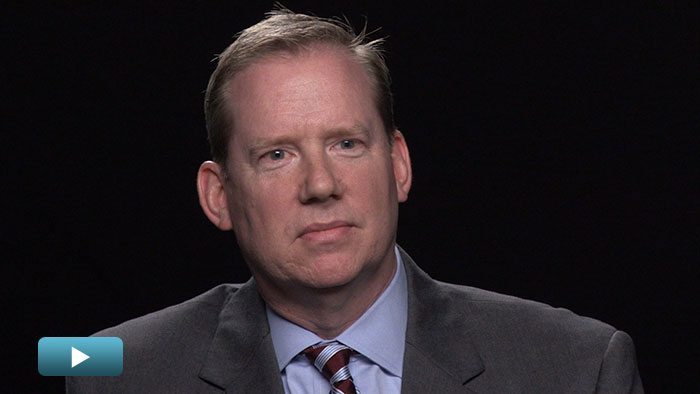Want Foreign LPs? Be More Nimble
Cross-border capital flows into the U.S. require GPs to be even more nimble than before. But it comes with major structural challenges, says RSM’s Tom Green. 
GPs need to be increasingly nimble in order to attract some of the unprecedented wave of foreign capital targeting U.S. commercial real estate, according to RSM partner Tom Green.
As international investors continue to deploy capital in markets and property types across the U.S., Green advises investment managers to “absolutely” tailor products to cater more to the appetites of foreign capital sources.
“There’s a tremendous amount of competition out there, so whether it’s a separate account or a JV relationship, or having investors participate in the fund, you need to be somewhat nimble in terms of what you’re really willing to do,” says Green.
In the past 12 months, more than $65B of cross-border capital was invested in the five major food groups in the U.S., according to data provider Real Capital Analytics—up from just $38.8B of cross-border investment two years ago, and an almost threefold increase from three years ago.
And that pace of investment is not expected to decline. A survey by the Association of Foreign Investors in Real Estate revealed that in 2015, 90 percent of respondents planned to maintain the same level of investment in U.S. commercial real estate as they had in 2014, or to increase it.
Yet while many foreign investors are targeting core real estate deals in gateway markets, Green says investor appetite for risk and structure is varied. “We’re seeing things across the board. It can range from direct investments to fund positions, depending on the size of the foreign capital and their appetite for returns, which is often different from standard [U.S.] investors. For some of the larger capital investors…because of the size of investment, they are willing to settle for a little bit less risk and a little bit less return.”
As a result, GPs should think carefully about how they market and structure products for new investors. “The biggest challenge is the structuring and the compliance,” Green explains, adding that while managers have to be nimble, it was still difficult for GPs to know the ultimate investor mix at the start of the fundraising process.
He also argues that from a tax standpoint, appealing more to foreign investors presents managers with “a whole host of issues that need to be addressed up front,” including distributions, withholding, and how investments are made.
Cross-border capital flows into the U.S. require GPs to be even more nimble than before. But it comes with major structural challenges, says RSM’s Tom Green.
